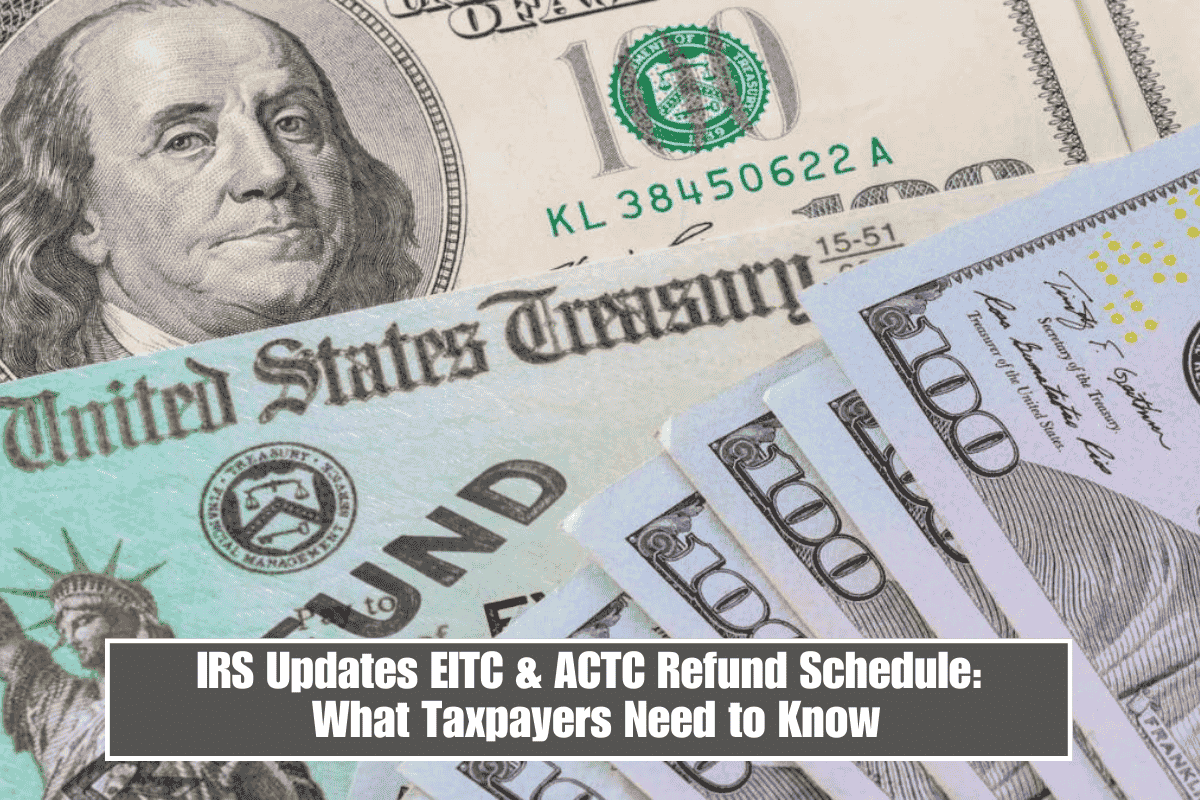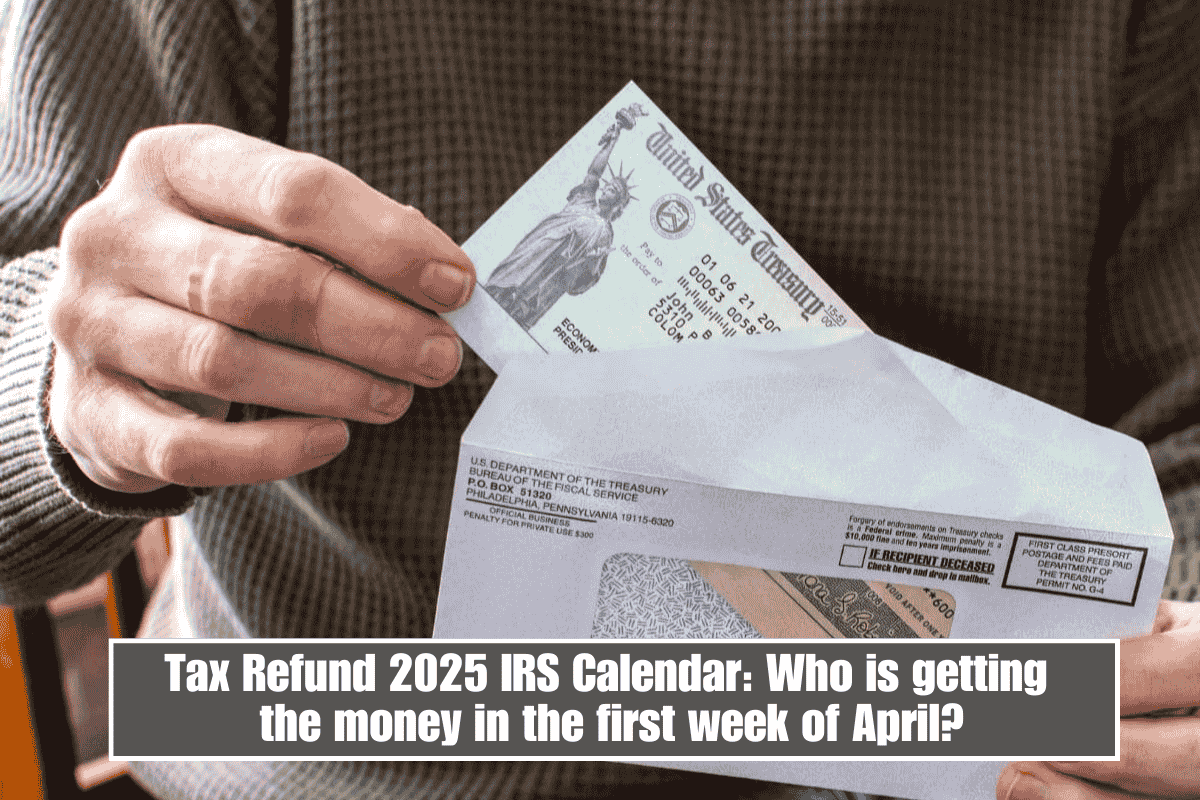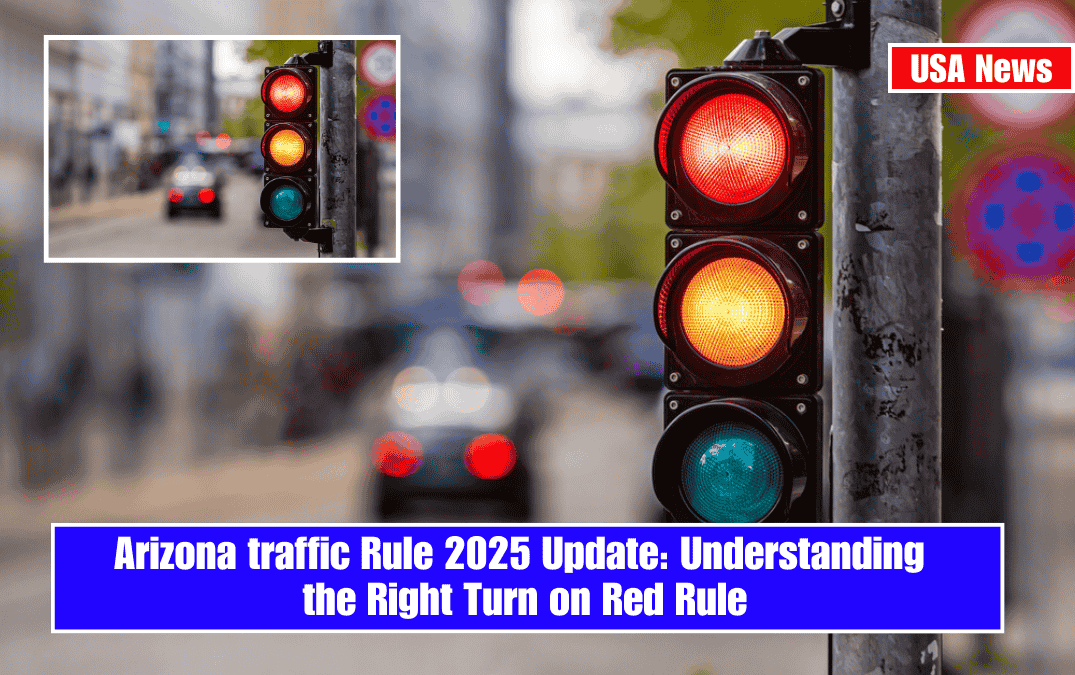The Internal Revenue Service (IRS) has updated its guide of advice and recommendations for taxpayers who received the Earned Income Tax Credit (EITC) or the Additional Child Tax Credit.
According to the agency, refunds for these benefits began processing in late February, so tax refund submission dates are slightly later than for those who did not claim the tax credits.
Both loans provide financial relief to low and moderate-income households. Through December 2024, the EITC distributed $64 billion to 23 million workers. The ACTC, for its part, provides assistance to families with minors, though the amount varies according to income and number of dependents.
Why does the IRS delay refunds if I claimed EITC or ACTC?
It isn’t because the IRS feels like it or wants to do it on purpose. This is a federal law that requires the agency to hold refunds containing EITC or ACTC until mid-February.
It is a measure designed to prevent potential fraud and give officers and investigators time to compare statements to salary data provided by employers. “The delay is not optional: it is a legal requirement, and we must comply with it,” explained an agency spokesperson to El Mira.
Initially, there were concerns about potential delays due to IRS personnel layoffs in early 2024. However, the agency stated that the majority of refunds related to these credits had been issued since February 27. Taxpayers who filed electronic returns and chose direct deposit would have received funds by March 3.
The schedule only applies if the returns were filed correctly and did not require additional reviews. Inconsistencies, such as discrepancies between reported income and employer reports, can lengthen the process by up to 60 days. To avoid mistakes, the IRS recommends that data be verified before sending documents.
If you chose to receive your refund via paper check, the money may take a little longer to arrive, but it is highly likely that it will appear in your mailbox in April.
Where’s my tax refund?
If the IRS discovers inconsistencies during the reviews, it will send letters to taxpayers explaining the steps to take and the documents they must present to prove that they are telling the truth, or it will use the opportunity to correct any error that has manifested itself in the form of an inconsistency.
Taxpayers can track the status of their refunds with the Where’s My Refund? tool, which is available on IRS.gov and the IRS2Go app. The platform is updated daily and provides personalized information 24 hours after an electronic submission. For paper submissions, the follow-up period is extended to four weeks.
Experts recommend filing early and keeping proof of income and deductible expenses. Those claiming the EITC or ACTC must ensure that their dependent information, such as Social Security numbers, matches federal records. “A common mistake is failing to update civil statuses or legal custody,” cautioned a tax advisor with whom we spoke.















